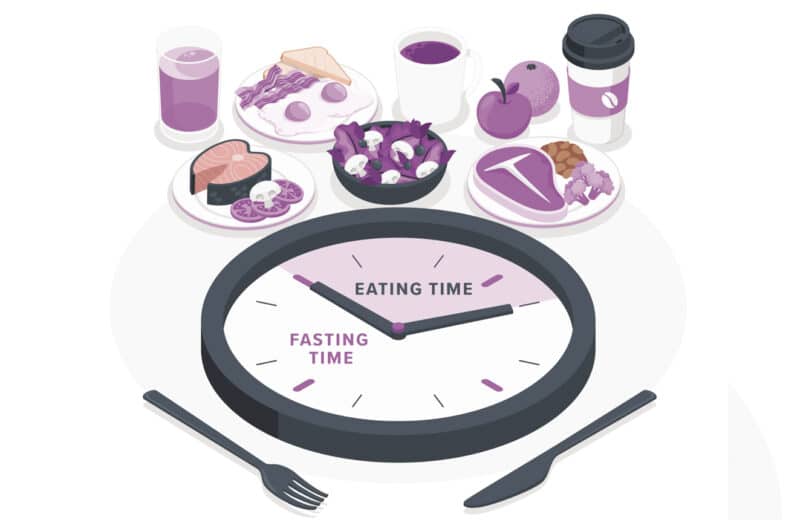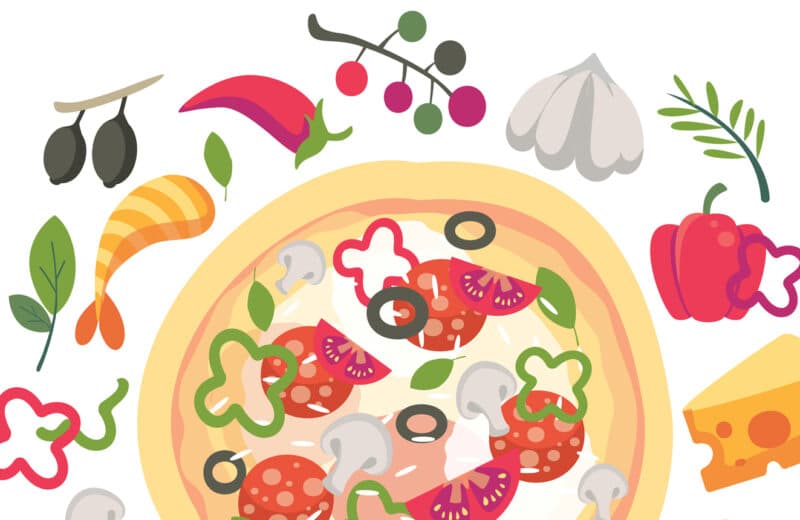Food is a central issue in climate change mitigation. Our dietary choices and consumption patterns are critical to reduce greenhouse gas emissions, which greatly impact the food supply chain.
Every day our climate tells the tale of extremes — whether it’s the hottest summer on record or a polar vortex sweeping the nation. Humans in these situations can feel helpless, out of control. But how you choose to eat and even how you prepare your food can make a big difference on the climate.
“Sustainable eating practices, such as reducing food waste and supporting local and seasonal produce, can help in mitigating these impacts and making the food system more resilient,” says Danielle Crumble Smith, a registered dietitian nutritionist in private practice.
Plant-forward is a style of cooking and eating that emphasizes and celebrates, but is not limited to, plant-based foods.
“Many people simply aren’t aware of the ways that their food choices could impact the planet. By shifting dietary patterns towards more unprocessed plant-based foods, we can significantly reduce greenhouse gas emissions,” Smith says.
On a global scale, plant-forward eating translates to environmental sustainability. Getting in the kitchen and creating plant-forward meals appears to be the cornerstone of cooking for the climate — both at home and in the foodservice industry, too. But there are many ways to make a difference.
Incorporating sustainable practices
Many different food practices can make your eating more climate-friendly. Some require an investment of time, money, or both; others are far simpler.
First, check your cutting boards. Investing in good quality wood cutting boards, rather than plastic, is an environmentally friendly practice. Look for the Forest Stewardship Council’s (FSC) certification label on cutting boards to indicate that the product is backed by forestry standards that support policies to protect the forests’ natural environment, as well as the rights of workers and Native people.
And if you’re generating a lot of food waste with all the vegetables you are (or aren’t) chopping up, put the waste to work.
“My favorite these days is composting, says Sara Haas, a registered dietitian nutritionist, chef, and author. “Find a way to up-cycle scraps of food. There are plenty of services that will do this for you, or you can do this with a home composting system or the old-fashioned way in your yard,” she says. Haas also saves and freezes veggie scraps until she has enough to create a delicious soup stock.
To make a bigger impact, think about replacing your gas stove with an induction stove. Electric stoves will likely be an important part of a carbon-neutral future and have the added benefit of improved air quality in the home. Induction ranges and cooktops are special types of electric appliances that generate energy from an electromagnetic field and are highly energy-efficient.
A recent study found that switching from gas to induction cooking reduced greenhouse gas emissions and was associated with declines in all-cause and respiratory-related hospitalizations.
Plus, Haas says, “Induction is an efficient way to cook.” Consumer Reports found that an induction stove is 5% to 10% more energy-efficient than conventional electric stoves and about three times more efficient than gas stoves. Induction ranges and cooktops cook food fast and evenly, as well as clean easily, too.
But induction is an investment. If you are switching to induction, Haas advises, consider “buying a countertop model and giving it a test run that way before investing in a full range,” Haas says.
You also can help by supporting businesses that promote plant-forward eating. “Find restaurants that focus on seasonal produce and support local farmers,” Haas says. “Find out if there’s a program to get a box of seasonal produce that you can pick up at the farmer’s market.”
Menus of Change is one of many organizations that works toward sustainable food practices that support human and climate health. Some if its ideas include transparency about where food comes from, consulting with local farmers for ideas and inspiration on how to use seasonal crops, and shifting purchases toward farms that have responsible pest management programs, avoid using groundwater for irrigation, and raise livestock without the routine use of antibiotics.
By rebalancing ratios between foods from animal to more plant sources, and incorporating some sustainable practices in food preparation, people can better control blood sugar, blood pressure, and body weight — as well as positively impact the environment.














